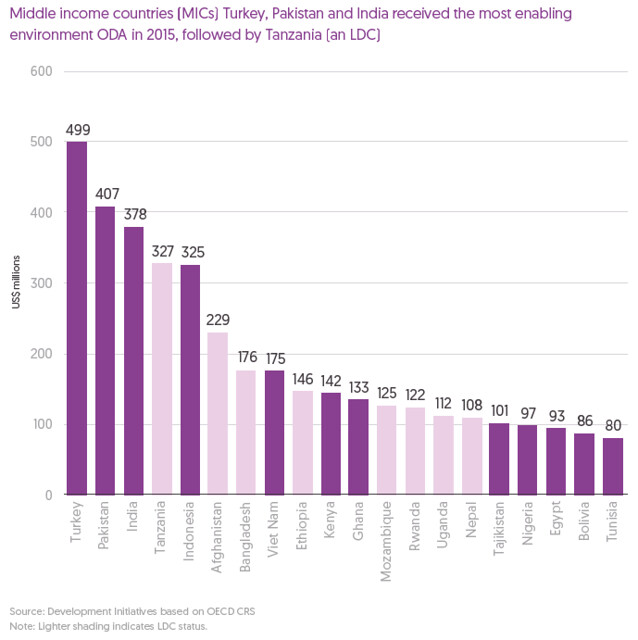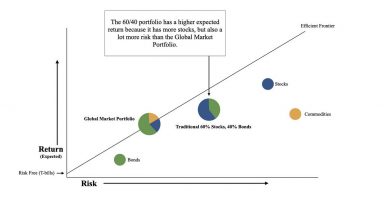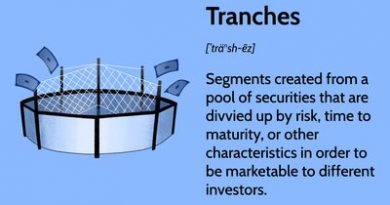Middle-Income Countries MICs Characteristics and Significance

Contents
- 1 Middle-Income Countries (MICs): Characteristics and Significance
- 1.1 What Is a Middle-Income Country? (MIC)
- 1.2 Understanding Middle-Income Countries (MICs)
- 1.3 MIC Characteristics
- 1.4 The Significance of MICs
- 1.5 Graduating From Lower- to Upper-Middle Income
- 1.6 What Are the Income Levels of Countries?
- 1.7 What Countries Are Middle-Income Countries?
- 1.8 Is China a Middle-Income Country?
- 1.9 The Bottom Line
Middle-Income Countries (MICs): Characteristics and Significance
What Is a Middle-Income Country? (MIC)
According to the World Bank, middle-income countries (MICs) are economies with a gross national income (GNI) per capita between $1,136 and $13,845 as of 2024. MICs consist of lower-middle-income countries and upper-middle-income countries, both part of the income categories the World Bank uses to classify economies.
Key Takeaways
- Middle-income countries have $1,136 and $13,845 in per capita GNI.
- The World Bank classifies countries for operational purposes for the financial and economic development services it provides.
- Middle-income countries make up a large share of the world’s population and economic activity, and they are key to global economic growth.
Understanding Middle-Income Countries (MICs)
The World Bank historically classified every economy as low-, middle-, or high-income. It now further specifies countries as low-, lower-middle-, upper-middle-, or high-income economies. The World Bank uses GNI per capita, in current U.S. dollars converted by the Atlas method of a three-year moving average of exchange rates, as the basis for this classification.
It views GNI as a broad measure and the single best indicator of economic capacity and progress. The World Bank used to refer to low-income and middle-income economies as developing economies; in 2016, it chose to drop the term from its vocabulary, citing a lack of specificity. Instead, the World Bank now refers to countries by their region, income, and lending status.
MIC Characteristics
MICs are broken up into lower-middle-income and upper-middle-income economies. Lower-middle-income economies have per capita GNIs between $1,136 and $4,465, while upper-middle economies have per capita GNIs between $4,466 and $13,845.
MICs are a diverse group by region, size, population, and income level, ranging from tiny nations with small populations, such as Belize and the Marshall Islands, to all five of the BRICS countries—Brazil, Russia, India, China, and South Africa. China and India together account for approximately one-third of the world’s population and are influential players in the global economy.
The diverse nature of MICs means that the challenges they face are quite different. For nations in the lower-middle-income category, the biggest issue might be providing citizens with essential services, such as water and electricity. For the economies in the upper-middle-income category, the greatest challenges could be curbing corruption and improving governance.
The Significance of MICs
MICs are essential for global economic growth and stability. According to the World Bank, sustainable growth and development in MICs have positive spillovers to the rest of the world. Examples are poverty reduction, international financial stability, and global cross-border issues, including climate change, sustainable energy development, food and water security, and international trade.
MICs have a combined population of five billion, or over 75% of the world’s seven billion people, hosting 62% of the world’s economically disadvantaged. Representing about one-third of global GDP, MICs are a major engine of global economic growth.
Graduating From Lower- to Upper-Middle Income
Countries graduate from one level to another depending on their GNI per capita. According to a June 2023 report by the World Bank, India continued to be a lower-middle-income country and is expected to continue to be so in 2024.
Countries that will move from low-income to lower-middle-income country categories are Guinea and Zambia. Countries moving from lower-middle income to upper-middle income are Indonesia, El Salvador, West Bank and Gaza, and Jordan. Countries moving from upper-middle income to high income are Guyana and American Samoa.
What Are the Income Levels of Countries?
The World Bank breaks down countries as a classification based on their gross national income (GNI) per capita. Its four main categories are low income, low-middle income, upper-middle income, and high income.
What Countries Are Middle-Income Countries?
Countries that are middle-income countries include Turkey, Iraq, Russia, Brazil, Argentina, Peru, Nigeria, Angola, India, and Pakistan.
Is China a Middle-Income Country?
Yes, China is considered a middle-income country. It is specifically an upper-middle-income country according to the World Bank.
The Bottom Line
The World Bank classifies countries based on gross national income (GNI) per capita to analyze these nations. Middle-income countries have a GNI per capita between $1,136 and $13,845. Middle-income countries can be further categorized as lower-middle income and upper-middle income.


